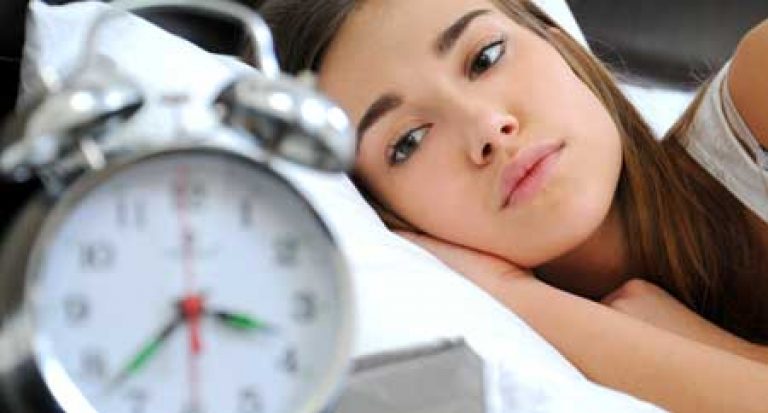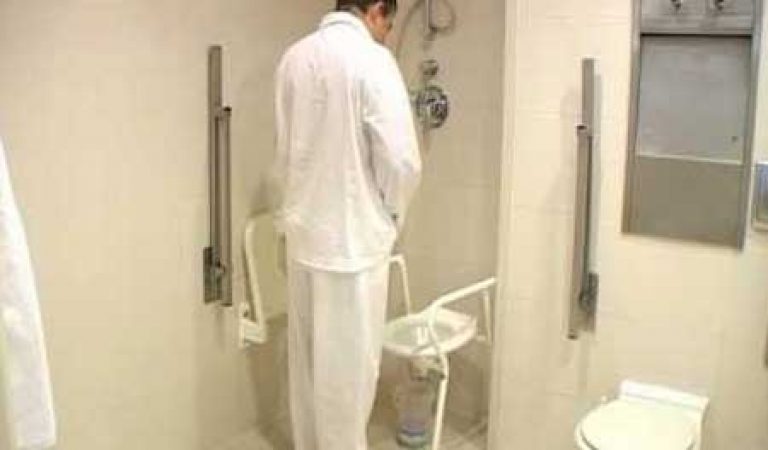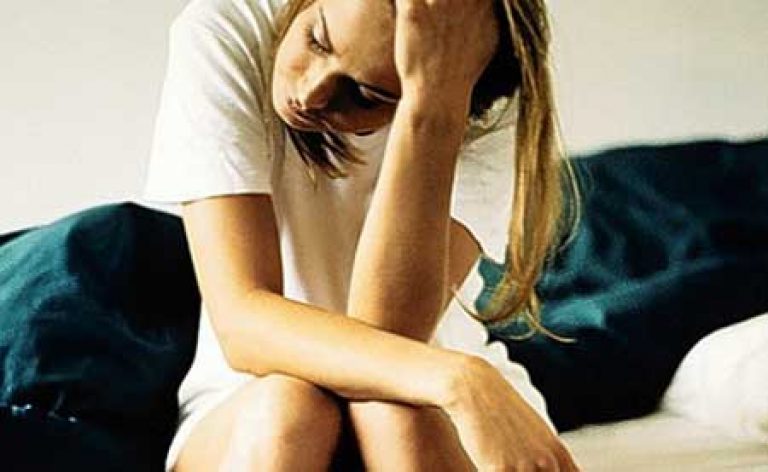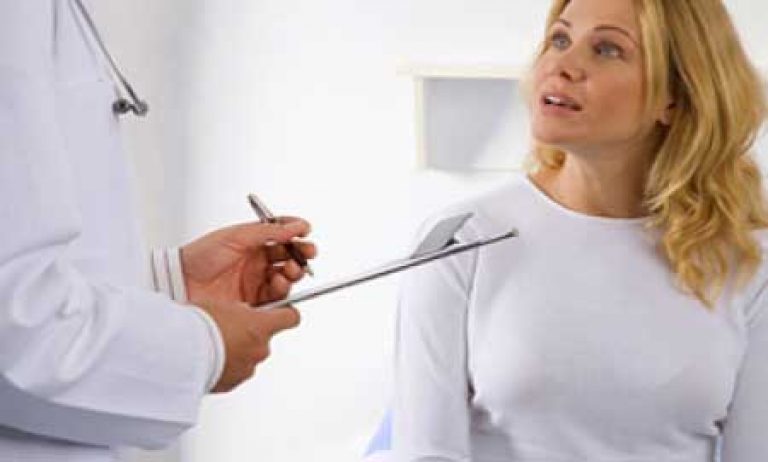Nocturia, what is it? Signs in women and men, treatment, drugs
Nocturia - what is it?
A healthy adult body excretes up to 80% of urine per day from the total amount of fluid drunk. The ratio of the amount of urine excreted in the daytime and at night varies by almost a third - 2/3 during the day and 1/3 at night. When the ratio changes, and nighttime urination exceeds the daily rate, this is nocturia.
Depending on the etiological factor, nocturia is classified as cardiac, developing against the background of low contractile function of the heart muscle and renal, due to renal pathologies.
Causes of nocturia - general and nocturnal forms
The causative factors of nocturia are due to the action of hormonal imbalance and problems associated with the functional state in the structure of the bladder. The regulation of water balance in our body is carried out by two hormones - vasopressin (antidiuretic hormone) "AVP", produced by the posterior pituitary gland and atrial natriuretic ("ANH") hormone.
The action of the hormone "AVP" is due to the increased effect of absorption (absorption) of fluid in the tubular renal system (renal glomeruli), providing a decrease in the excretory functions of the kidneys and a decrease in the secretion of uric acid. This hormone performs the functions of regulating the level of water saturation of the body.
But when, in cardiac pathologies, there is an oversaturation of cardiac muscle tissue with blood, natriuretic hormones are released. When these hormones are activated, the processes of water release and increased secretion of urine occur. The causes of nocturnal nocturia are due to four underlying factors:
- General polyuria, when an increase in urine secreted per day depends on a number of clinical signs of renal and neuro-endocrine disorders.
- Nocturnal polyuria due to increased urine output at night.
- Violations in the bladder, depriving it of the ability to hold urine.
General and nocturnal polyuria develop as a result of an imbalance in the level of the AVP or ANG hormones. The third point is due to pathological processes in the bladder.

In simple terms, this can be explained with simple examples. With cardiac nocturia, in patients during the daytime, cardiac loads and fluid intake increase, which contributes to stagnant processes of blood and water in tissue structures.
At night, when a person lies down, the load on the heart decreases, the outflow of venous blood improves, which contributes to the release of atrial natriuretic "ANG" hormone. This leads to increased diuresis (increased urine output) and reduced swelling.
With renal nocturia caused by renal pathologies, blood flow in the affected renal tissues improves at night, its movement through the renal vessels accelerates. The development of hypertensive diuresis begins, increasing urine output up to twelve times.
Violations in the ratio of urine output day and night is considered a functional norm only for nocturia in children, and then only up to the age of two. In all other cases, this unpleasant symptom of nocturia indicates the presence of serious pathological changes in the body that require urgent diagnosis and treatment.

Violation of the quantitative ratios of urine excretion in the direction of increased trips to the toilet at night, in men, manifests itself (in most cases) in adulthood. It develops at the beginning with signs of quantitative alignment of urination during the day and nightly visits to the toilet at night.
The development of provoking factors leads to a gradual increase (by almost a third) at night, disrupting sleep and bringing the “strong half of humanity” to nervous breakdowns and depressive states.
This condition can be provoked by a number of pathological reasons:
- failure of the heart muscles to pump a sufficient amount of blood and ensure adequate processes of tissue metabolism, provoking stagnant processes and swelling;
- impaired blood flow through the vessels that feed the heart muscle with atherosclerotic formations (plaques);
- a consequence of sleep apnea syndrome;
- kidney diseases;
- insufficiency of steroid hormones;
- pathologies of the nervous system in the form;
- behavioral factors - the use of alcoholic beverages, caffeine and large amounts of liquid just before bedtime.
An important factor among the causes of nocturia is a decrease in the structural capacity of the bladder cavity, provoked by: fibrous and malignant neoplasms, the use of therapeutic methods of ionized radiation, pathological processes in the lower zones of the urethra, obstruction in the bladder neck.
Pathological changes in this organ are accompanied by episodic phase symptoms of nocturia, expressed as emptying and cumulative signs.
Emptying signs appear:
- a long delay immediately before the act of urination;
- a thin stream of urine output;
- "terminal" stage of emptying - drip urine output;
- involuntary release of urine drop by drop, after the process of urination;
- a feeling of incomplete release of urine.
Accumulative symptoms are characterized by:
- frequent urination;
- increased trips to the toilet at night;
- imperative urges (failure of prolonged urinary retention);
- imperative urinary incontinence (impossibility of control, urination often occurs before reaching the toilet).

Women are distinguished by a more sensitive genitourinary system, which reacts sharply to even a slight penetration of pathogenic microflora into the body, which often causes the development of serious pathological processes in the body.
For example, kidney pathologies can lead to such a delicate problem as nocturia. Symptoms of this condition in women may well proceed without pain, but be accompanied by poor health or various kinds of discharge. Women may experience nocturia:
- The development of processes is accompanied by frequent urge to urinate, in advanced cases even urinary incontinence, severe cutting pains, day and night pains with a full bladder.
- The presence of urolithiasis in the urethral system. Frequent trips to the toilet, minimal exercise, walking or sudden movements cause acute painful symptoms in the groin. A characteristic sign of the pathological process is the feeling of incomplete urination after the procedure and even in its process.
- Signs of nocturia are clearly manifested when accompanied by high fever and dull pain in the lumbar region.
- The symptomatology of nocturia of cardiovascular genesis is expressed in women by swelling of the tissues.
With the development of renal or cardiac nocturia, frequent nightly trips to the toilet can become permanent chronic, which will negatively affect the further treatment of nocturia.
Treatment of nocturia - drugs and methods

Methods for the treatment of nocturia in women, as in men, are aimed at identifying and stopping the background processes that caused the pathology. If pathologies of cardiac and vascular genesis are detected, a cardiologist is connected to the treatment.
After performing the necessary diagnostic studies, an appropriate, individually selected treatment is prescribed, aimed at stopping the main hemodynamic changes.
If organic cardiac or vascular disorders are found, recommendations for surgical treatment are possible.
X-ray endovascular intervention may be required if atherosclerosis is detected in the renal arteries. This minimally invasive surgical method restores vascular patency and restores blood flow.
At the same time, access to the affected area of the vessel is carried out by means of a puncture through the femoral vessel, which does not leave behind a large surgical incision.
In the treatment of nocturia in men with an adenomatous lesion of the prostate, surgery may be required. Today, there are many modern methods for the elimination of tumor neoplasms in the prostate.
Access to the operating field is through the urethra. Such techniques are characterized by an effective effect, allowing treatment to be carried out in a short period of time.
As a pharmacological individual treatment of nocturia, drugs are prescribed:
- Medications to improve blood circulation - "Pentoxifylline" and its analogues;
- Nootropics - Piracetam, etc.
- NVPS - "Diclofenac", "Ibuprofen", "Indomethacin";
- Antidepressants - Sertraline, Tianeptine, Fluoxetine, Citalopram;
- Drugs that improve the functions of the urethral canal and bladder - "Oxybutynin", "Tolterodin", "Solifenacin";
- With atrophy of the lower parts of the urethra, and pathologies of the bladder - individual doses of Ovestin.
Patients are encouraged to keep a urinary diary. According to him, according to the vaginal condition, urodynamic and colposcopic examination, the dynamics of clinical symptoms is assessed after three and six months.




